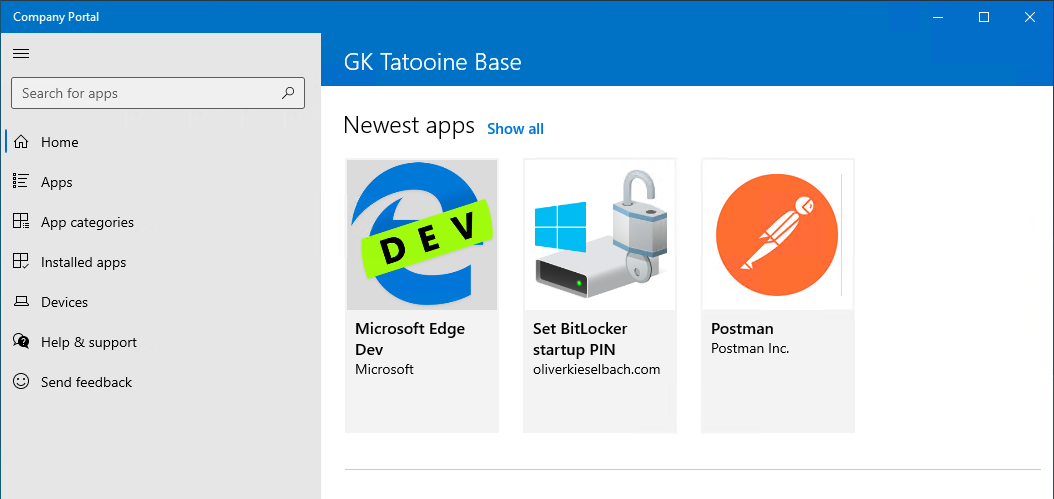

Historically, EMMs such as Intune manually built support for OEM-specific features after they're introduced by the OEM. This approach sometimes led to duplicated efforts, delay in support for new features, and slow adoption. With OEMConfig, you get day.

- Listen to free internet radio, news, sports, music, and podcasts. Stream live CNN, FOX News Radio, and MSNBC. Plus 100,000 AM/FM radio stations featuring music, news, and local sports talk.
- Microsoft Intune helps organizations let their people use the devices and applications they love while configuring device settings to meet compliance needs. Microsoft Intune lets you manage your devices from the cloud or while connected to an existing System Center Configuration Manager infrastructure.
- Microsoft Intune is a leader in the Unified Endpoint Management space. It is a cloud-based management solution that provides for mobile device, Mac, and PC management. It aims to provide Unified Endpoint Management of both corporate and BYOD devices in a way that protects corporate data.
Intune Login
-->These set-up steps help you enable mobile device management (MDM) by using Intune. Devices must be managed before you can give users access to company resources or manage settings on those devices.

Some steps, such as setting up an Intune subscription and setting the MDM authority, are required for most scenarios. Other steps, such as configuring a custom domain or adding apps, are optional depending upon your company's needs.
Microsoft Intune Presentation
If you're currently using Microsoft Endpoint Configuration Manager to manage computers and servers, you can cloud-attach Configuration Manager with co-management.
Tip
If you purchase at least 150 licenses for Intune in an eligible plan, you can use the FastTrack Center Benefit. With this service, Microsoft specialists work with you to get your environment ready for Intune. See FastTrack Center Benefit for Enterprise Mobility + Security (EMS).
| Steps | Status |
|---|---|
| 1 | Supported configurations - Need-to-know info before you start. This includes supported configurations and networking requirements. |
| 2 | Sign in to Intune - Sign in to your trial subscription or create a new Intune subscription. |
| 3 | Configure domain name - Set DNS registration to connect your company's domain name with Intune. This gives users a familiar domain when connecting to Intune and using resources. |
| 4 | Add users and groups - Add users and groups, or connect Active Directory to sync with Intune. Required unless your devices are 'userless' kiosk devices, for example. Groups are used to assign apps, settings, and other resources. |
| 5 | Assign licenses - Give users permission to use Intune. Each user or userless device requires an Intune license to access the service. |
| 6 | Set the MDM authority - Use user and device groups to simplify management tasks. Groups are used to assign apps, settings, and other resources. |
| 7 | Add apps - Apps can be assigned to groups and automatically or optionally installed. |
| 8 | Configure devices - Set up profiles that manage device settings. Device profiles can preconfigure settings for email, VPN, Wi-Fi, and device features. They can also restrict devices to help protect both devices and data. |
| 9 | Customize Company Portal - Customize the Intune Company Portal that users use to enroll devices and install apps. These settings appear in both the Company Portal app and the Intune Company Portal website. |
| 10 | Enable device enrollment - Enable Intune management of iOS/iPadOS, Windows, Android, and Mac devices by setting the MDM authority and enabling specific platforms. |
| 11 | Configure app policies - Supply specific settings based on app protection policies in Microsoft Intune. |
